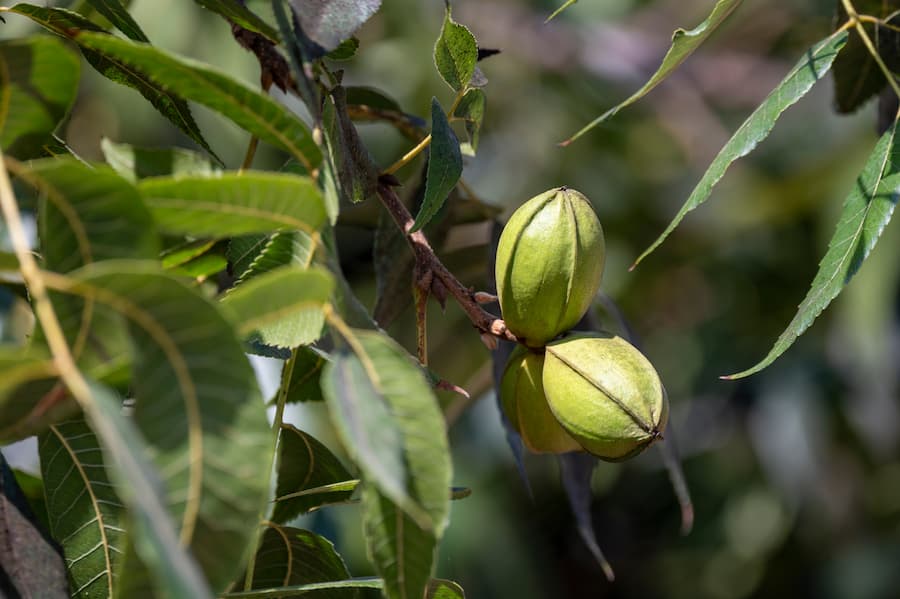This Article Includes: Understanding Zinc Deficiency in Pecan Trees, The Role of Zinc in Pecan Tree Health, and Fertilizing Pecan Trees with Zinc
Introduction:
Pecan trees are a beloved addition to many landscapes, providing shade and a bountiful harvest of delicious nuts. However, these trees can often suffer from zinc deficiency, which can hinder their growth and productivity. In this article, we will explore the significance of zinc for pecan trees and discuss the process of fertilizing them with zinc fertilizer to ensure their optimal health and yield.
Understanding Zinc Deficiency in Pecan Trees:
Zinc deficiency in pecan trees can manifest in various symptoms, including vein-like patterns on leaves, curling or wavy foliage, and bare branches with clusters of leaves. These signs indicate a lack of zinc, an essential micronutrient required for the development of new leaves, flowers, and the growth and production of nuts.
The Role of Zinc in Pecan Tree Health:
Zinc plays a crucial role in several physiological processes within pecan trees. It aids in the synthesis of growth hormones, promotes enzyme activity, and assists in the formation of chlorophyll. Additionally, zinc helps regulate the tree’s carbohydrate metabolism, ensuring proper nutrient absorption and utilization.
Fertilizing Pecan Trees with Zinc:
To combat zinc deficiency, it is vital to fertilize pecan trees with zinc during the appropriate time. Spring, when new growth begins, is the ideal season for zinc fertilization. This timing allows the tree to absorb and utilize the nutrient effectively.
Here is a step-by-step guide to fertilizing pecan trees with zinc:
- Choose the Right Zinc Fertilizer:
Select a zinc fertilizer specifically formulated for pecan trees. These fertilizers typically contain zinc sulfate or zinc chelate, which are readily available forms of zinc for plant uptake. - Application Method:
Spread the zinc fertilizer evenly under the canopy of the pecan tree. Avoid direct contact with the trunk to prevent potential damage. Ensure that the fertilizer is distributed uniformly to provide adequate coverage. - Watering:
After applying the zinc fertilizer, thoroughly water the tree to help the nutrients penetrate the soil and reach the tree’s root system. Adequate moisture is crucial for the absorption of zinc by the roots. - Repeat Application:
For severe zinc deficiency, it may be necessary to repeat the zinc fertilizer application annually or as recommended by a professional arborist. Regular monitoring of the tree’s health and nutrient levels will help determine the frequency of zinc fertilization.
Conclusion:
Maintaining optimal zinc levels in pecan trees is essential for their overall health and productivity. By understanding the significance of zinc and following the proper fertilization techniques, you can ensure that your pecan trees thrive, producing abundant foliage and a bountiful harvest of delicious nuts. Regular monitoring and timely zinc fertilization will help prevent and alleviate zinc deficiency, allowing your pecan trees to flourish for years to come.

